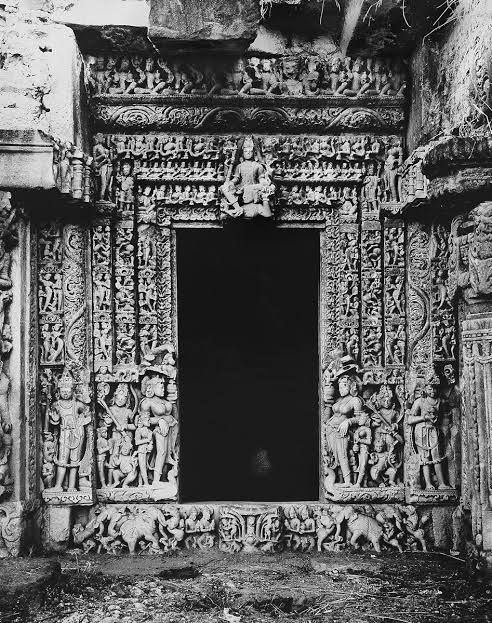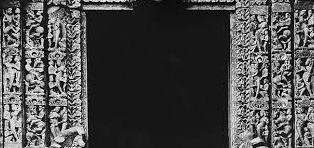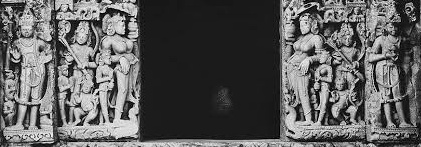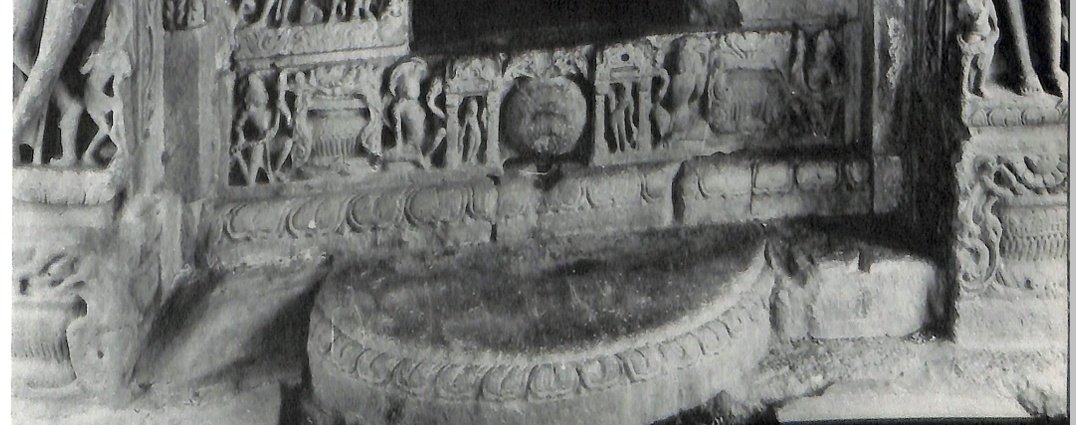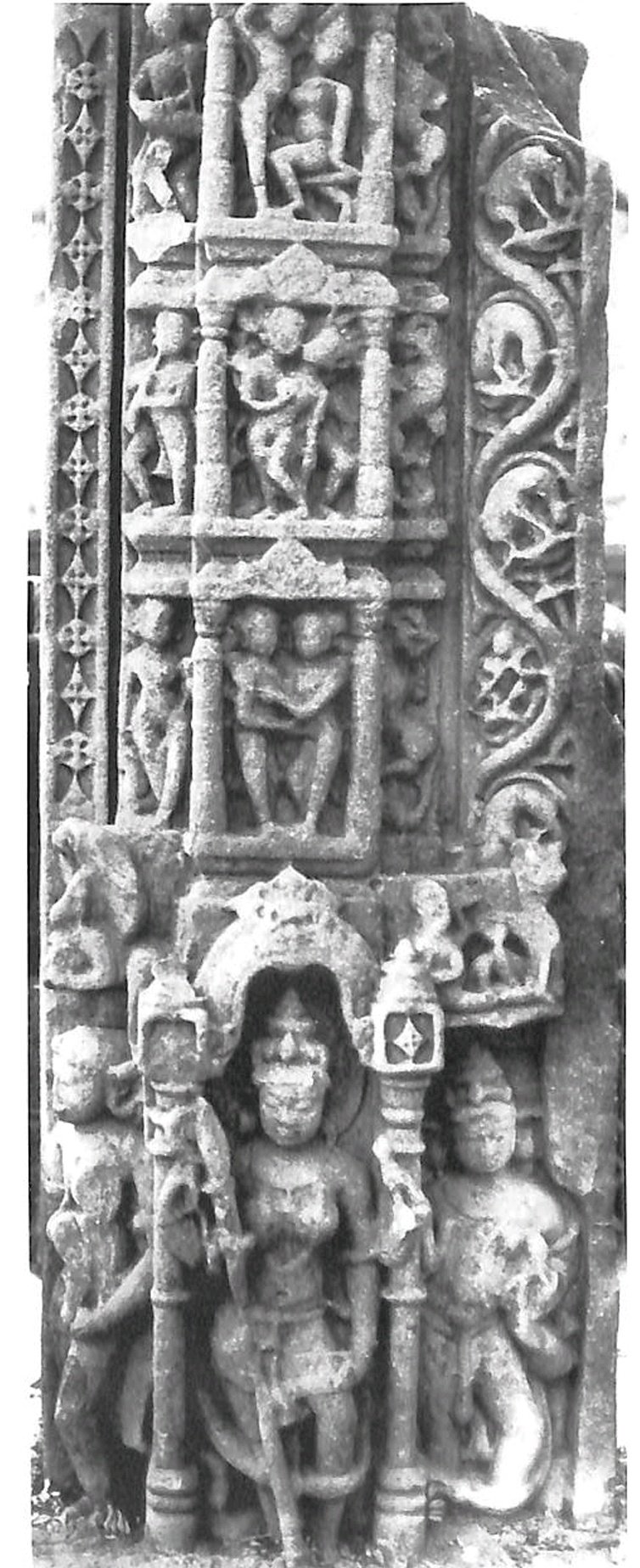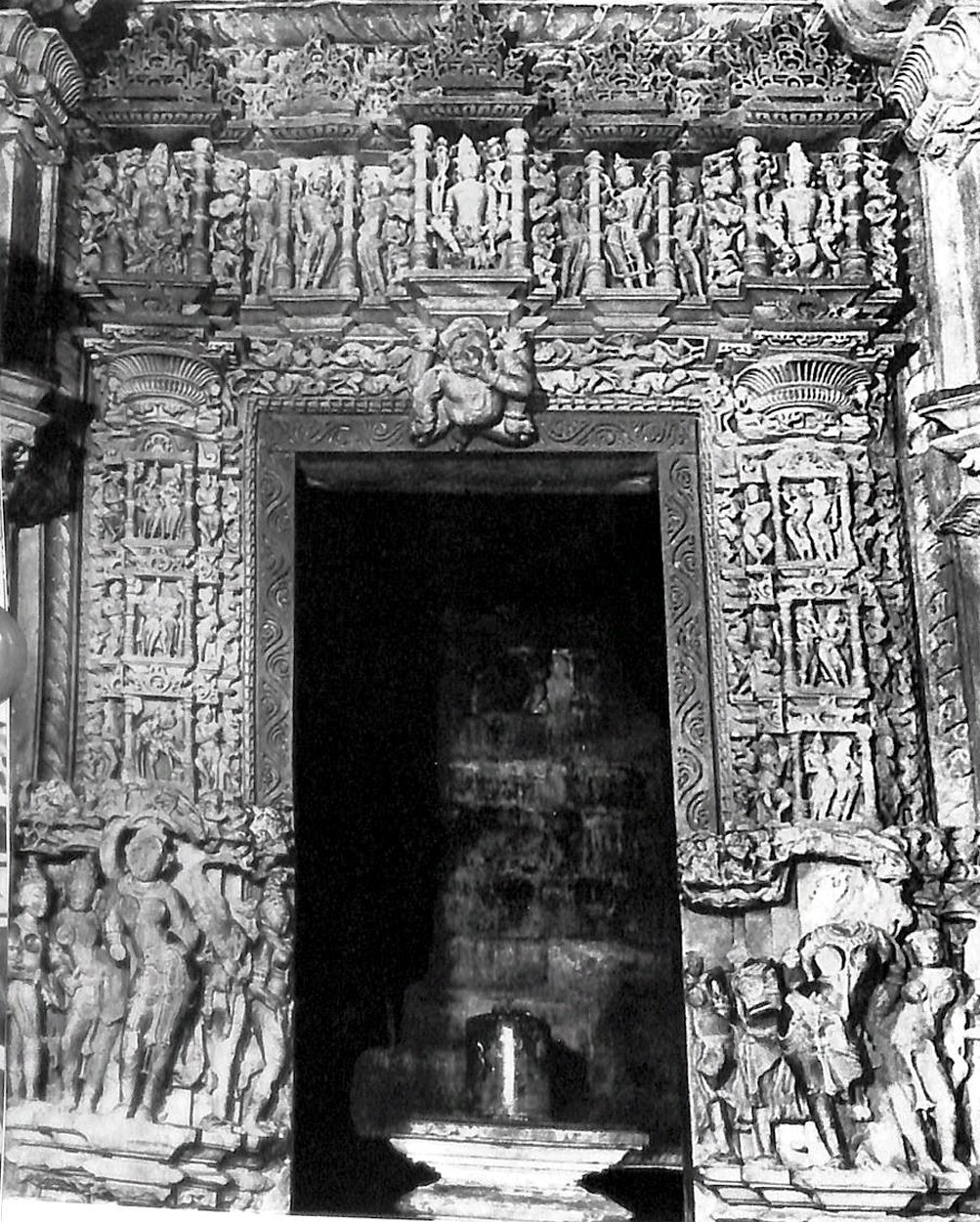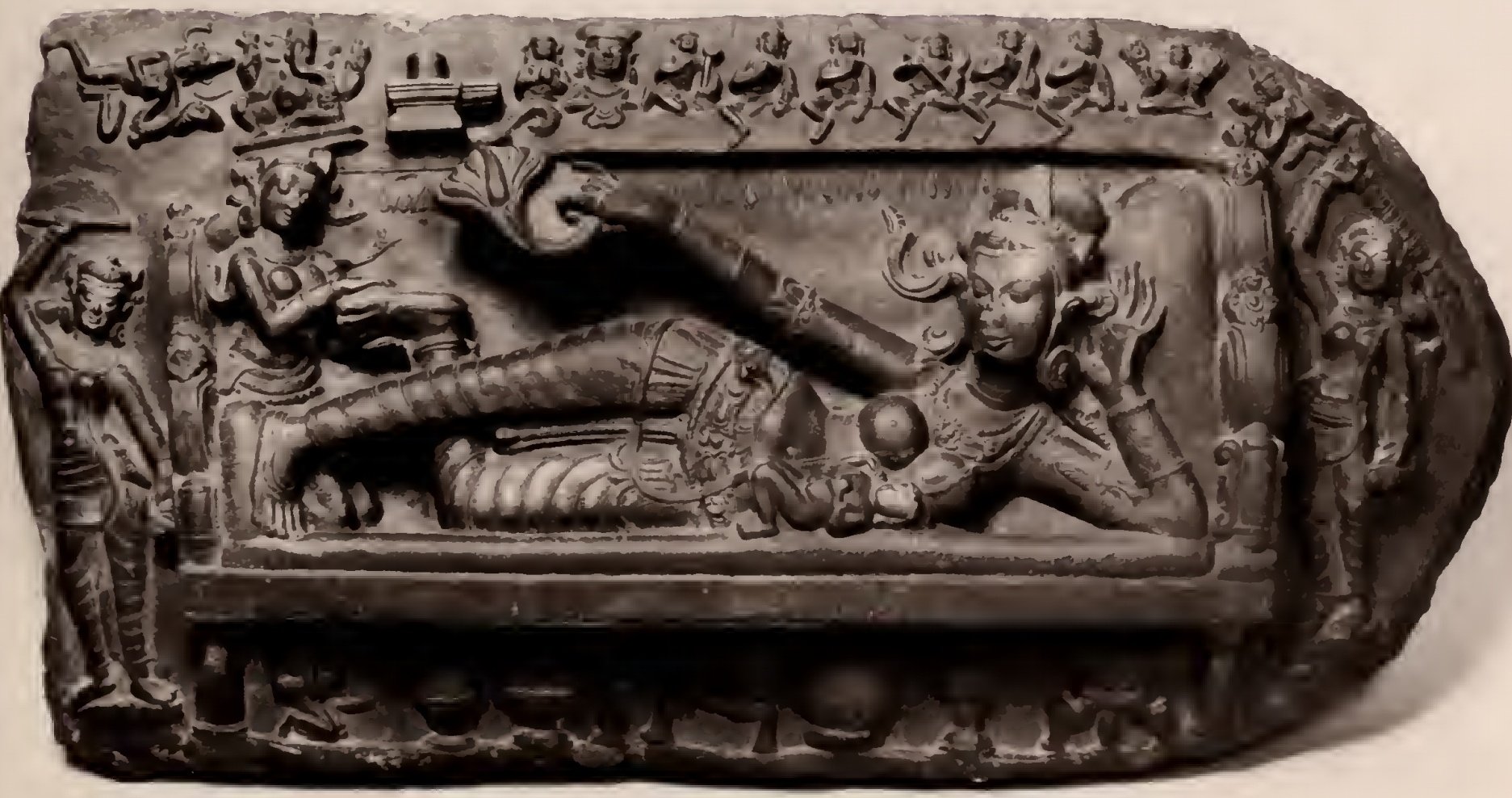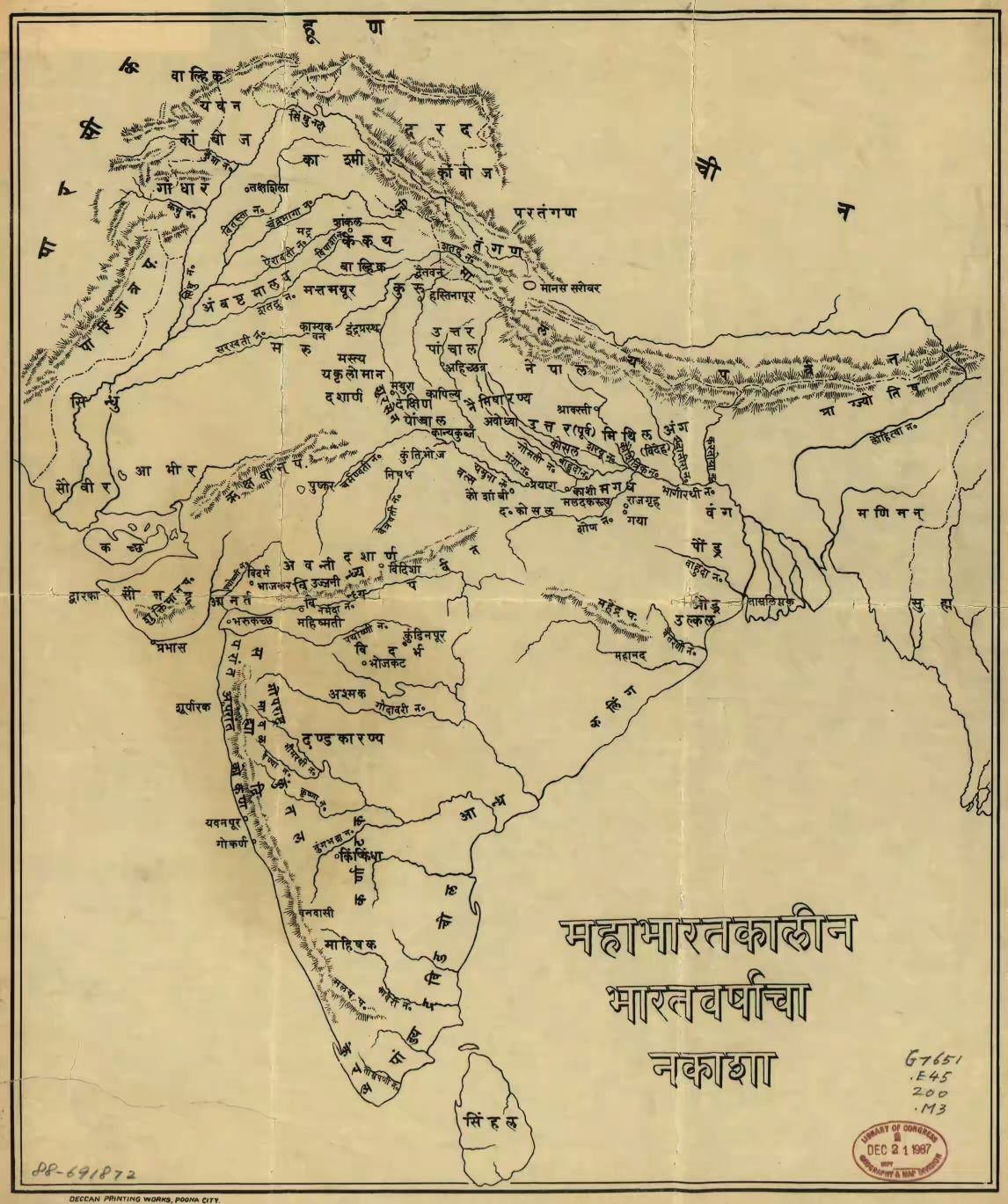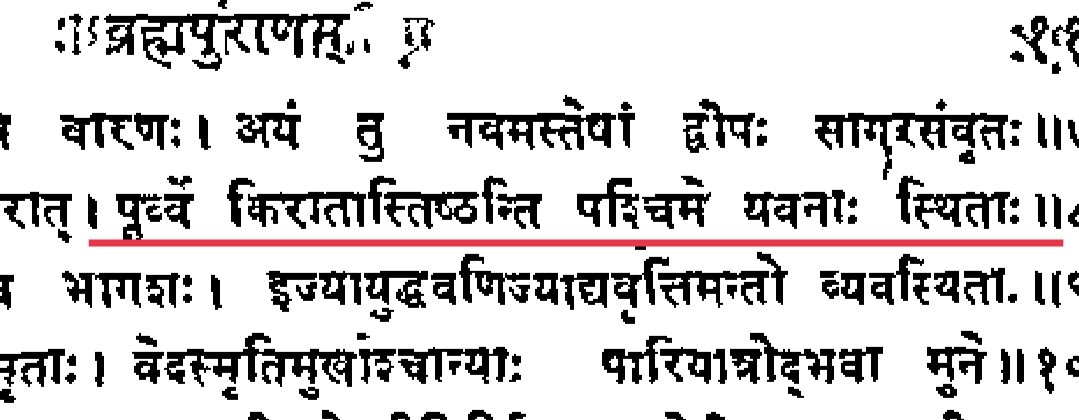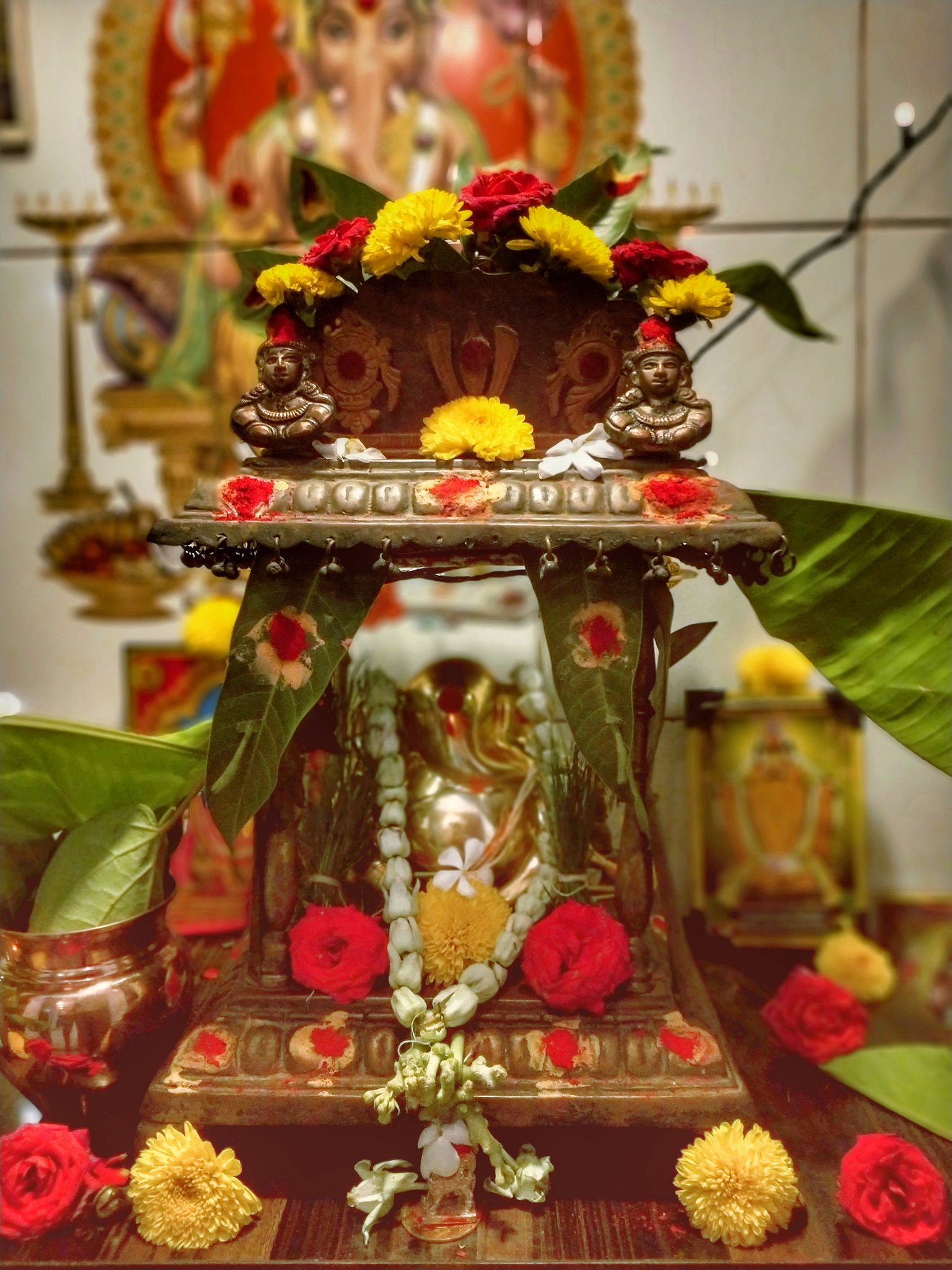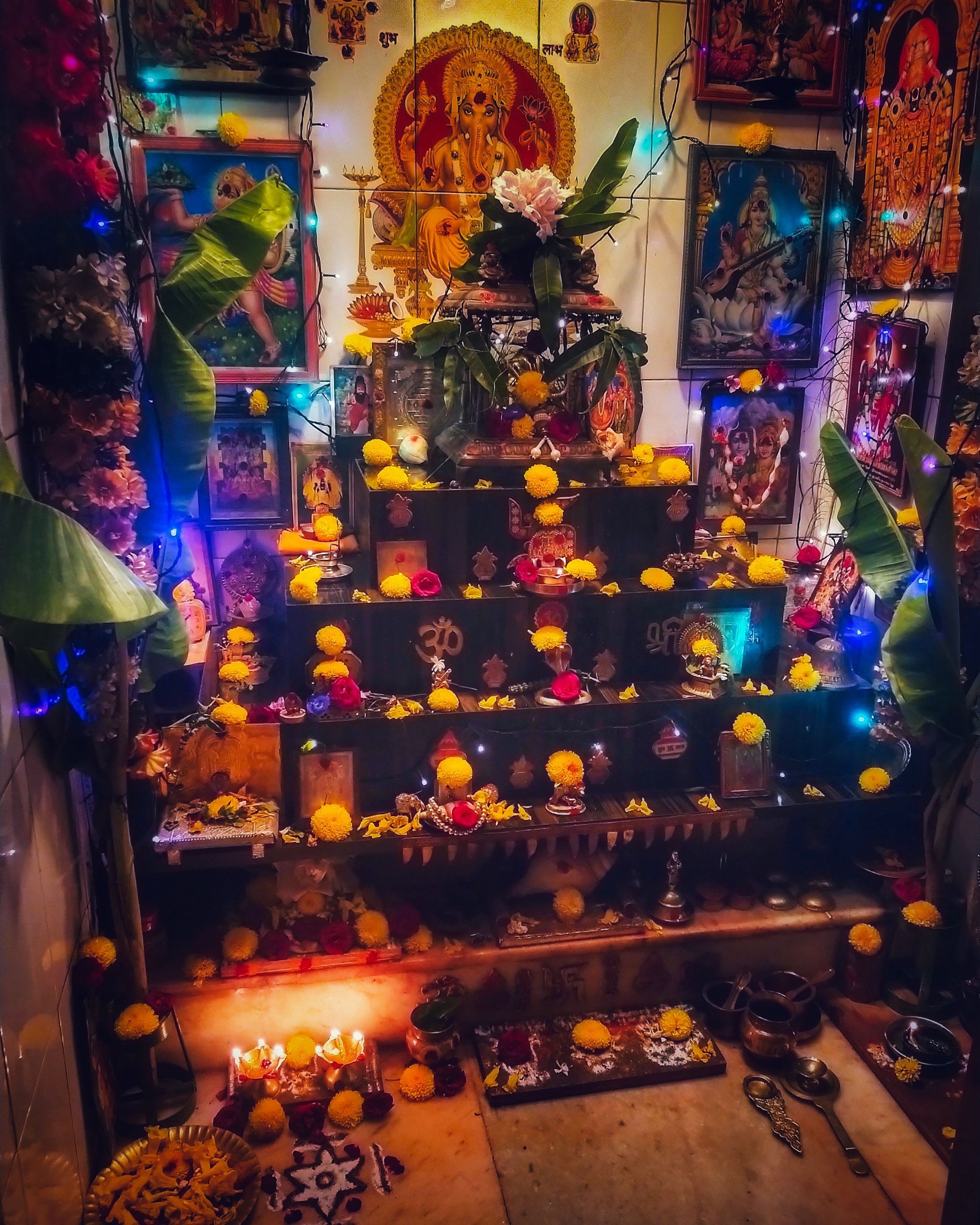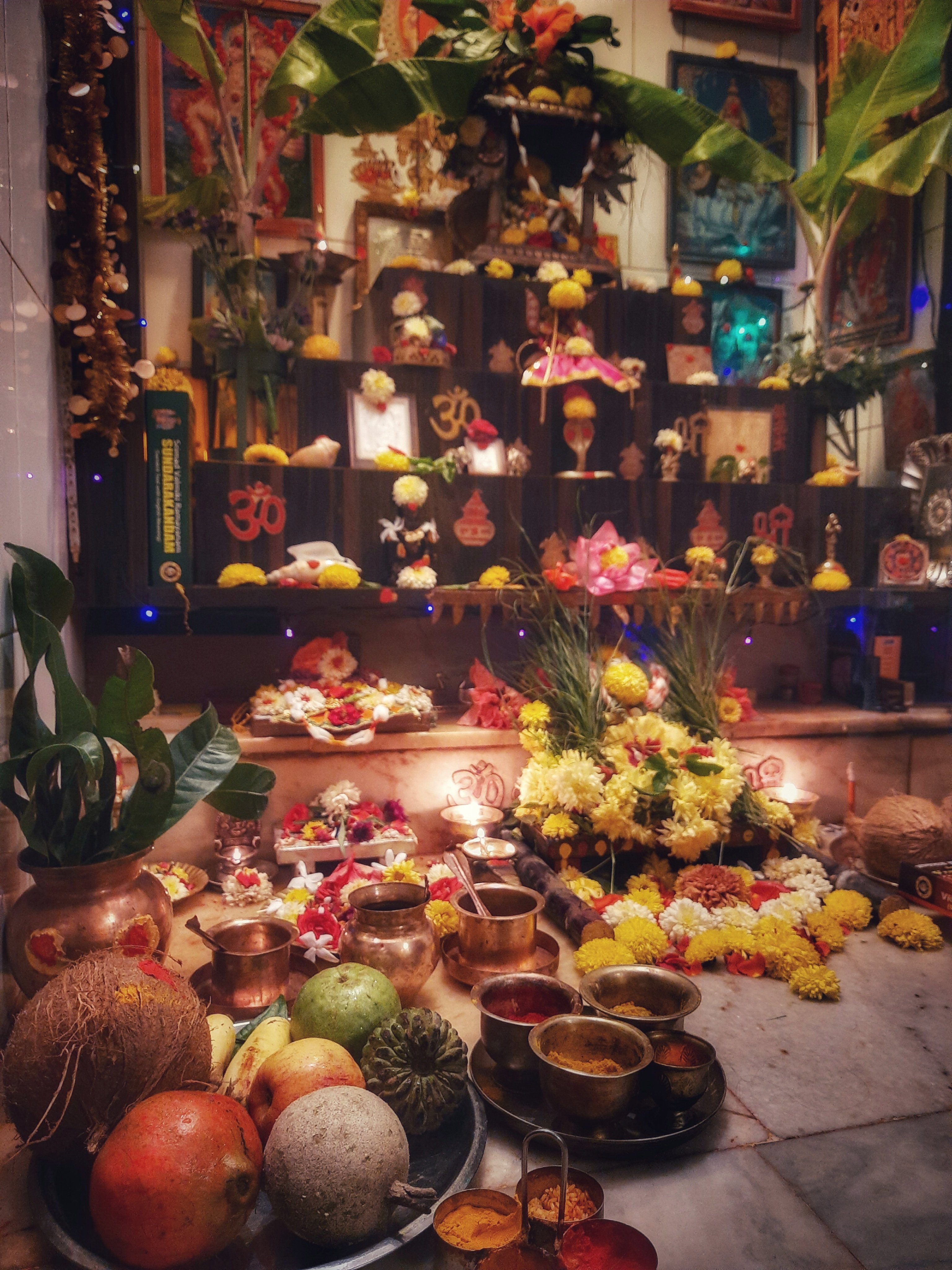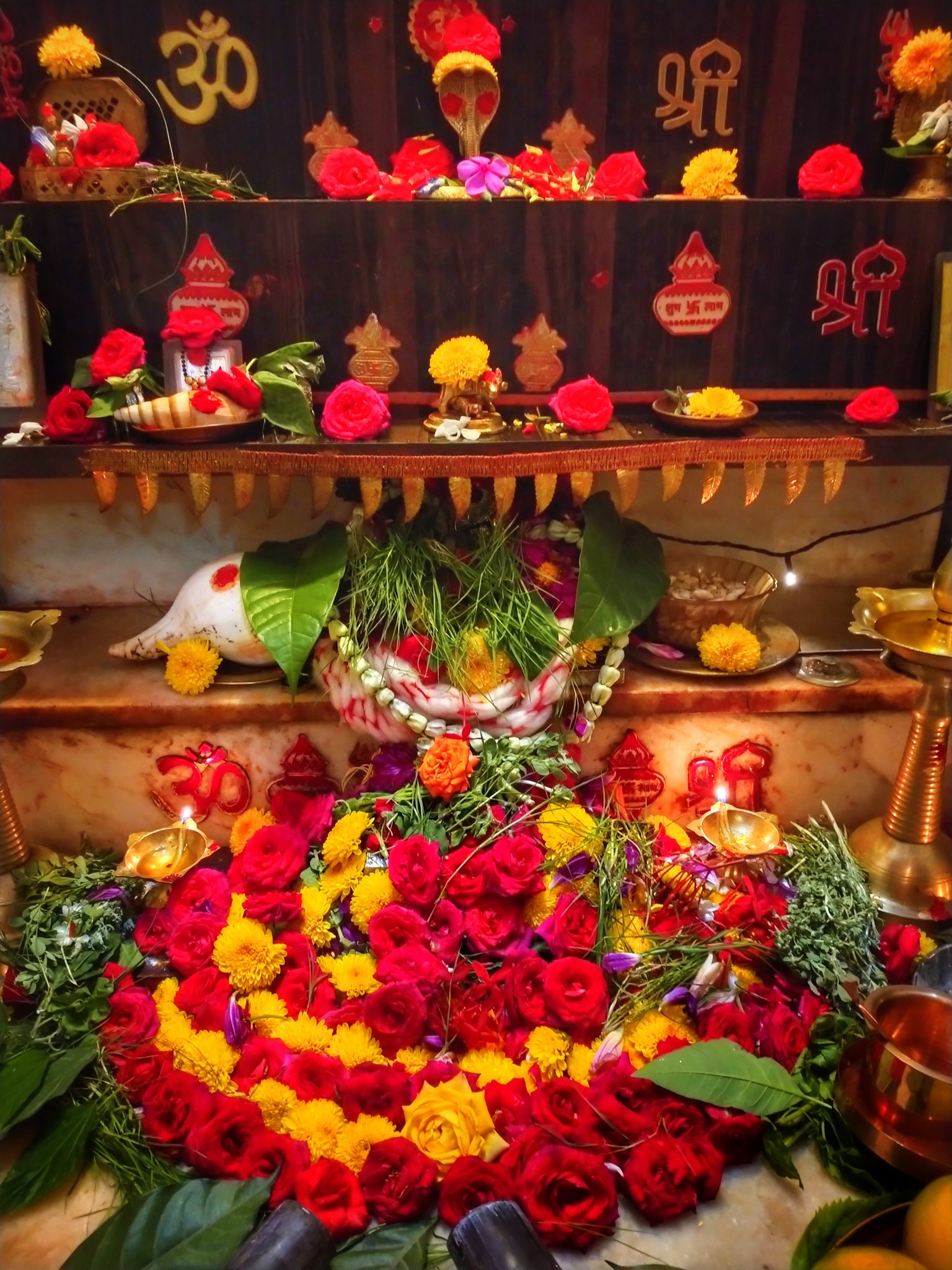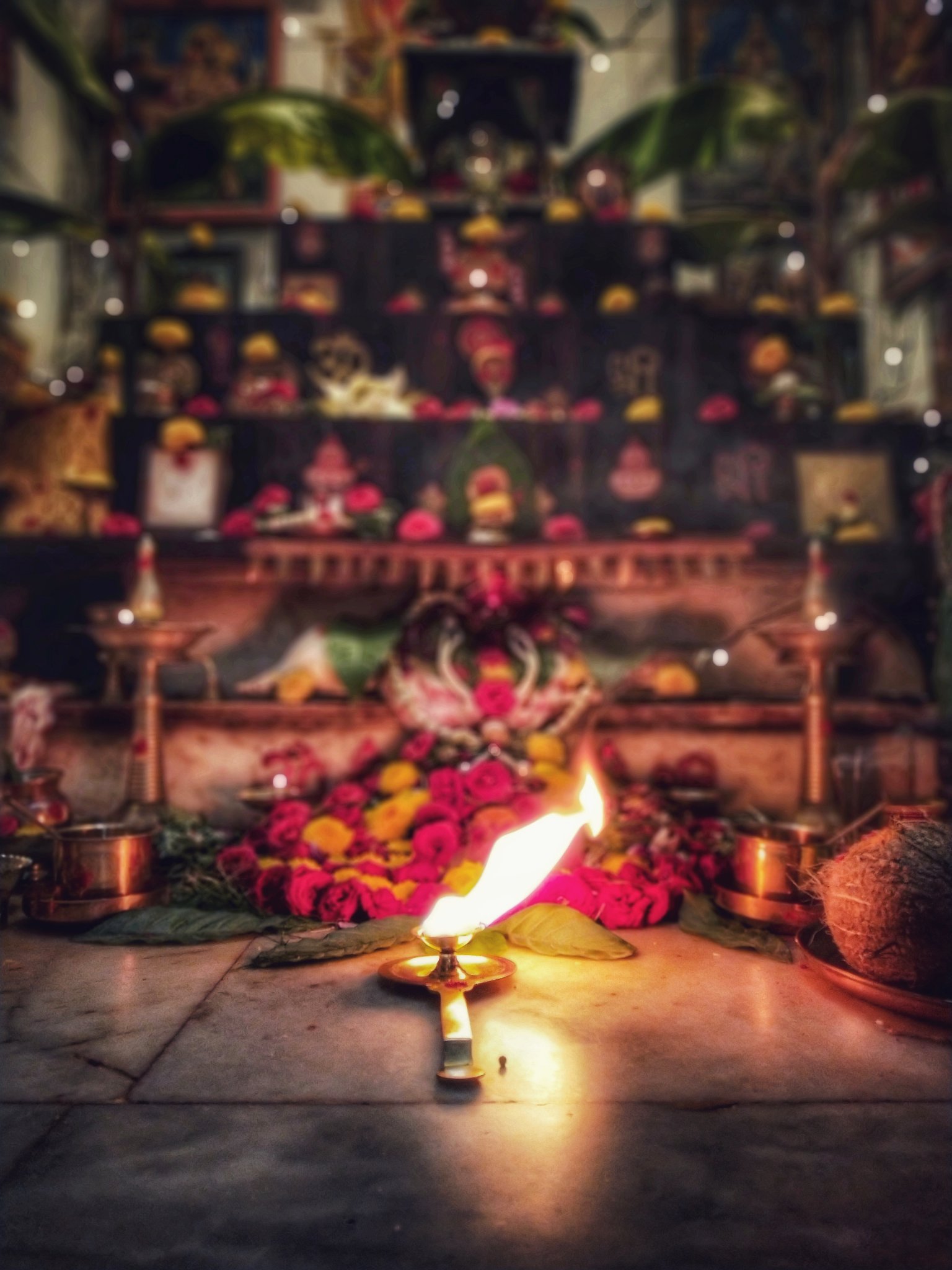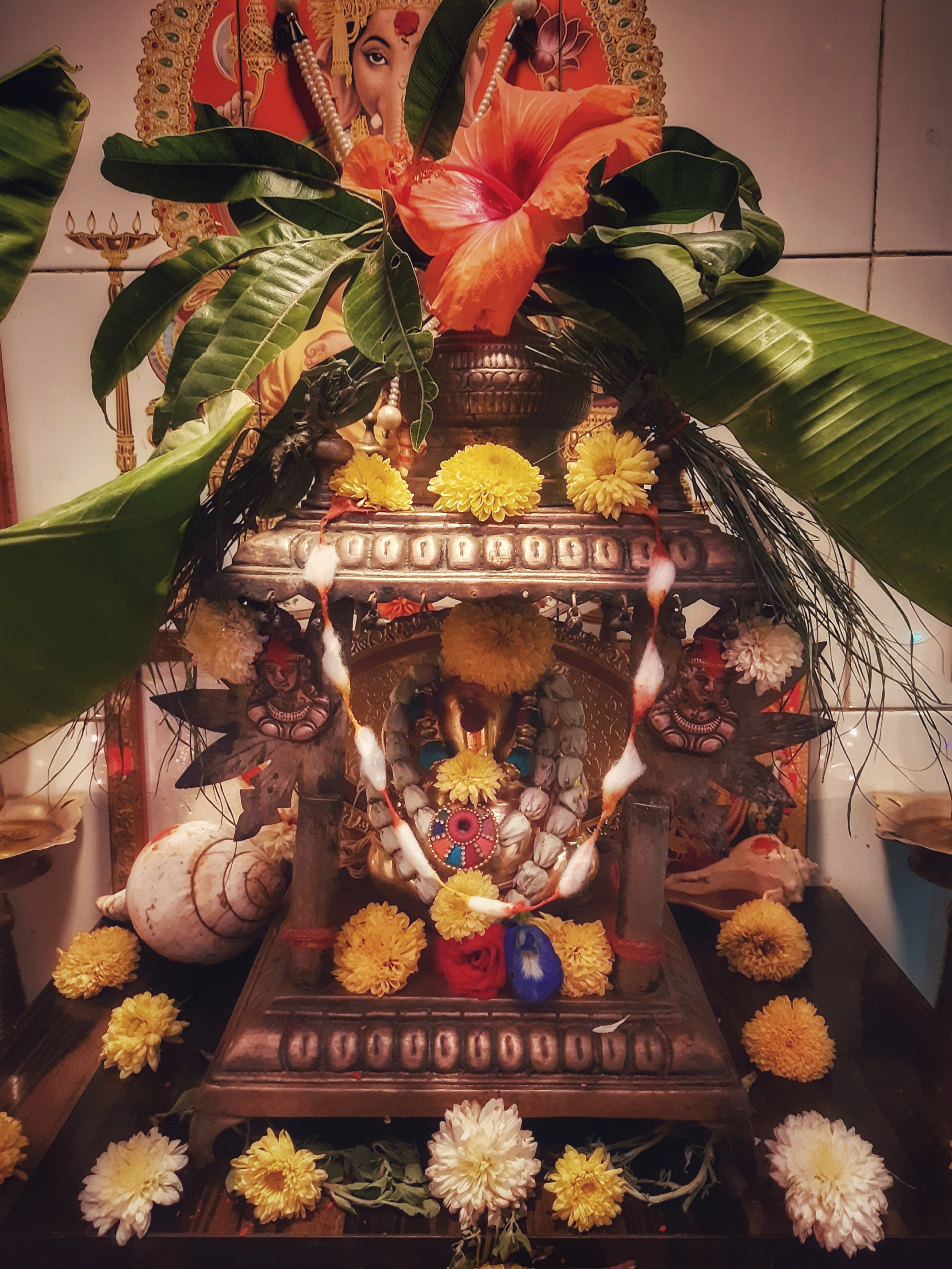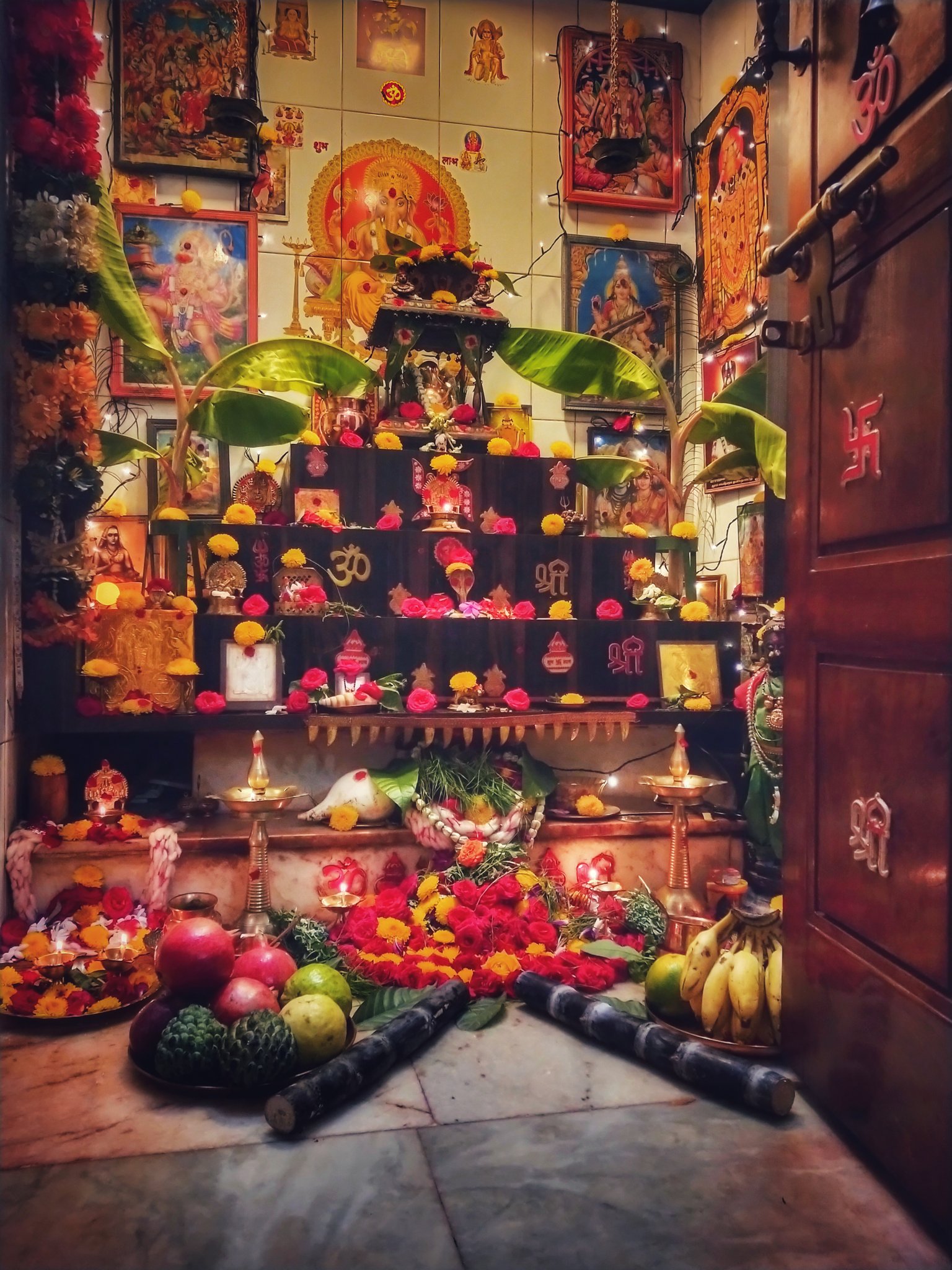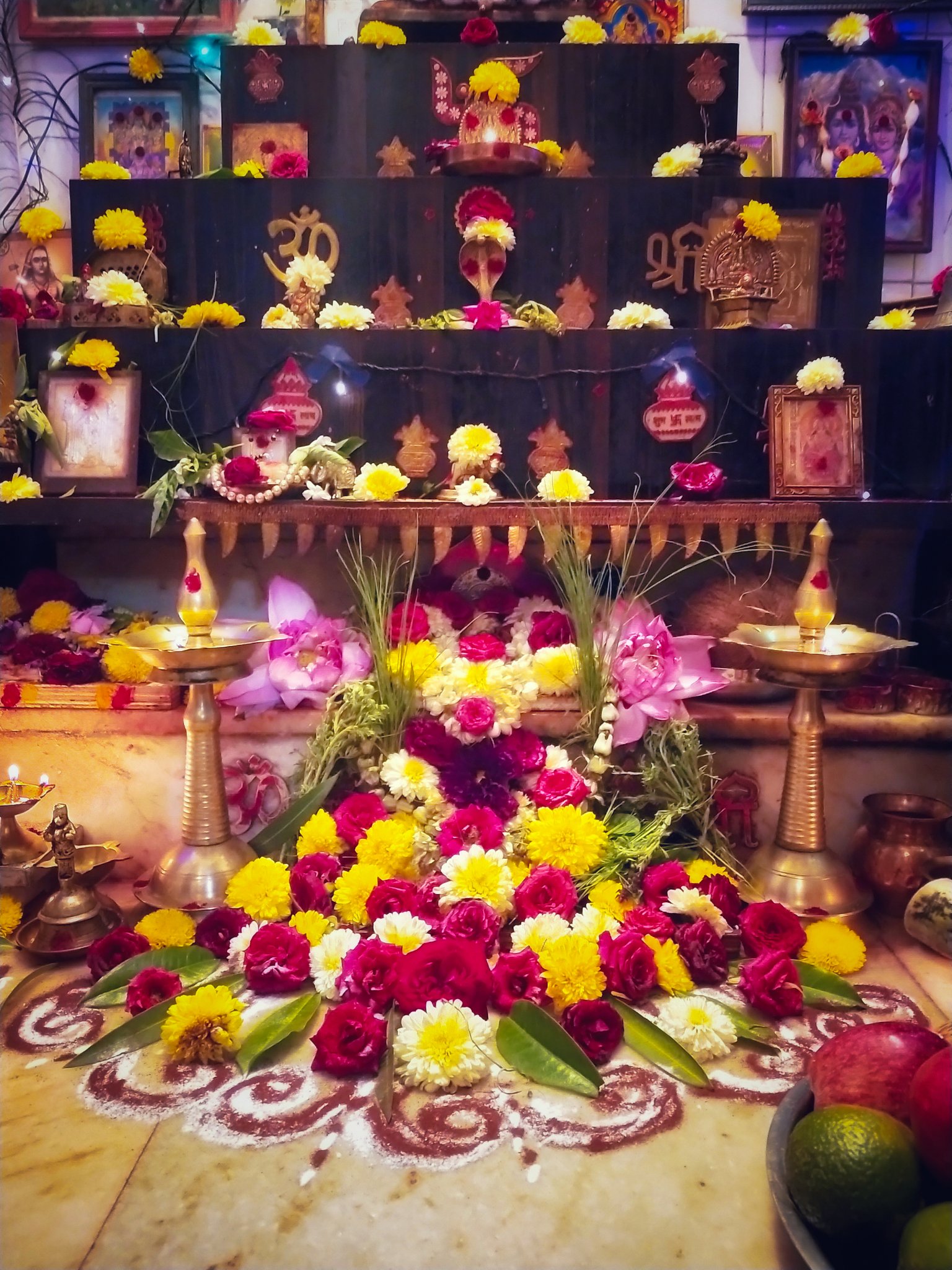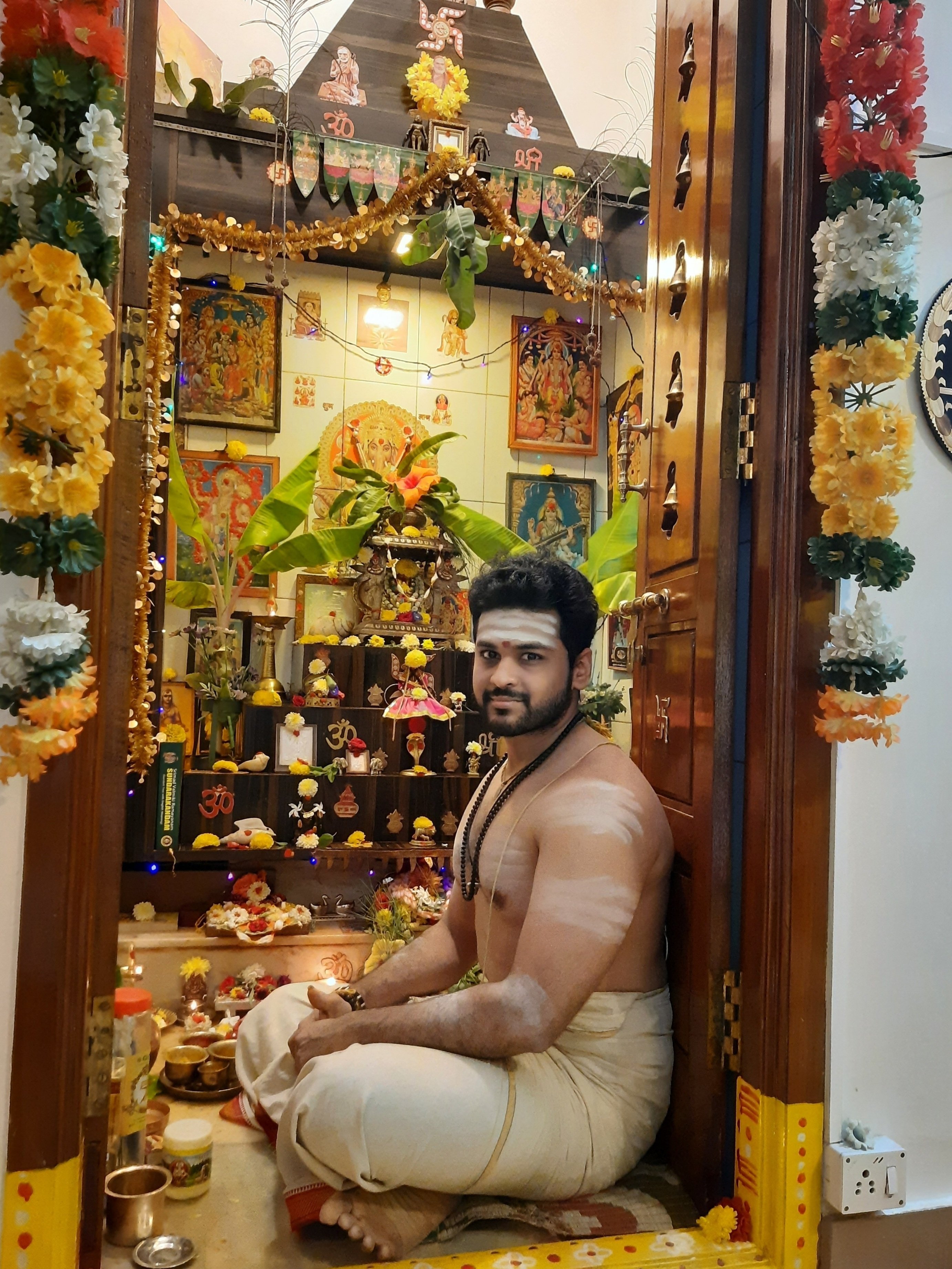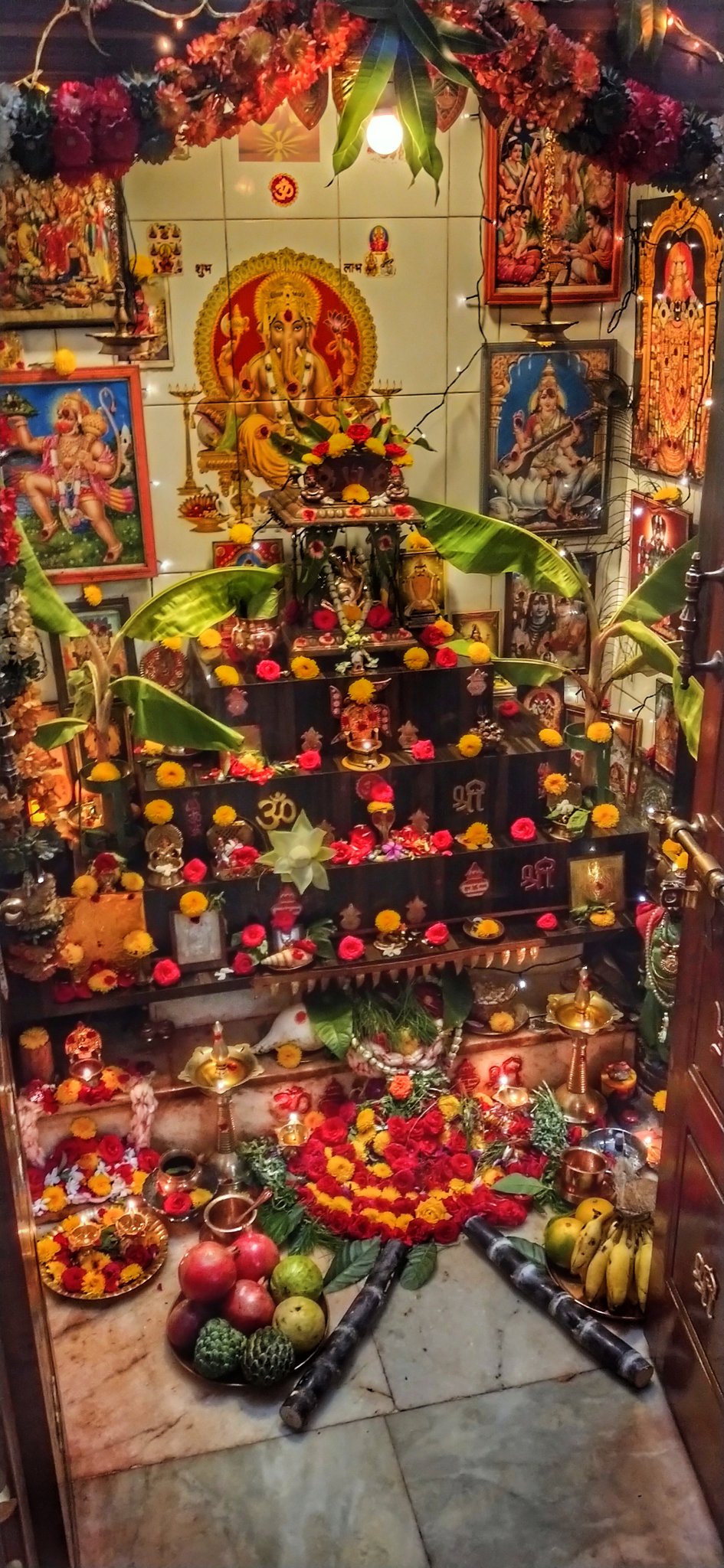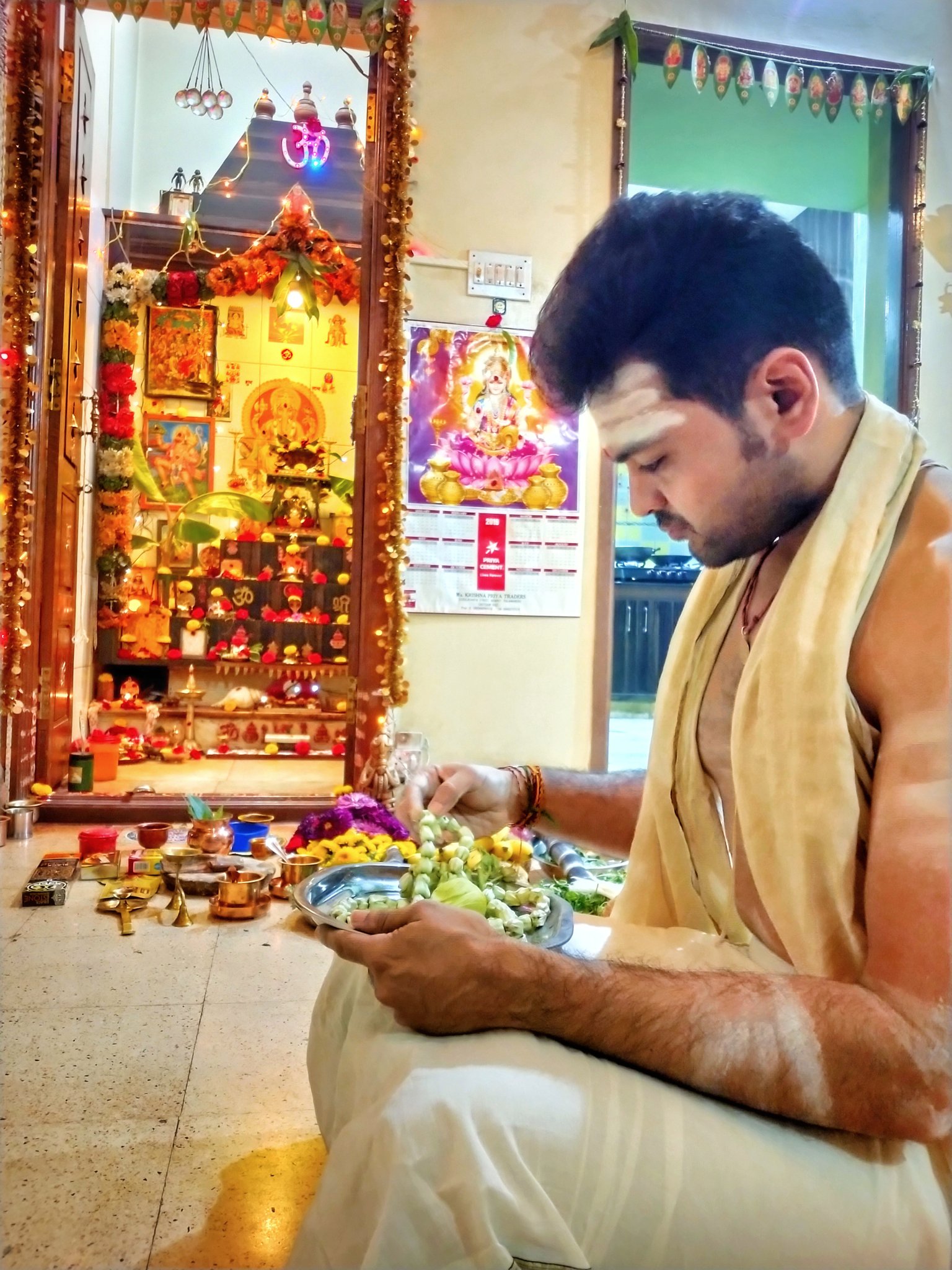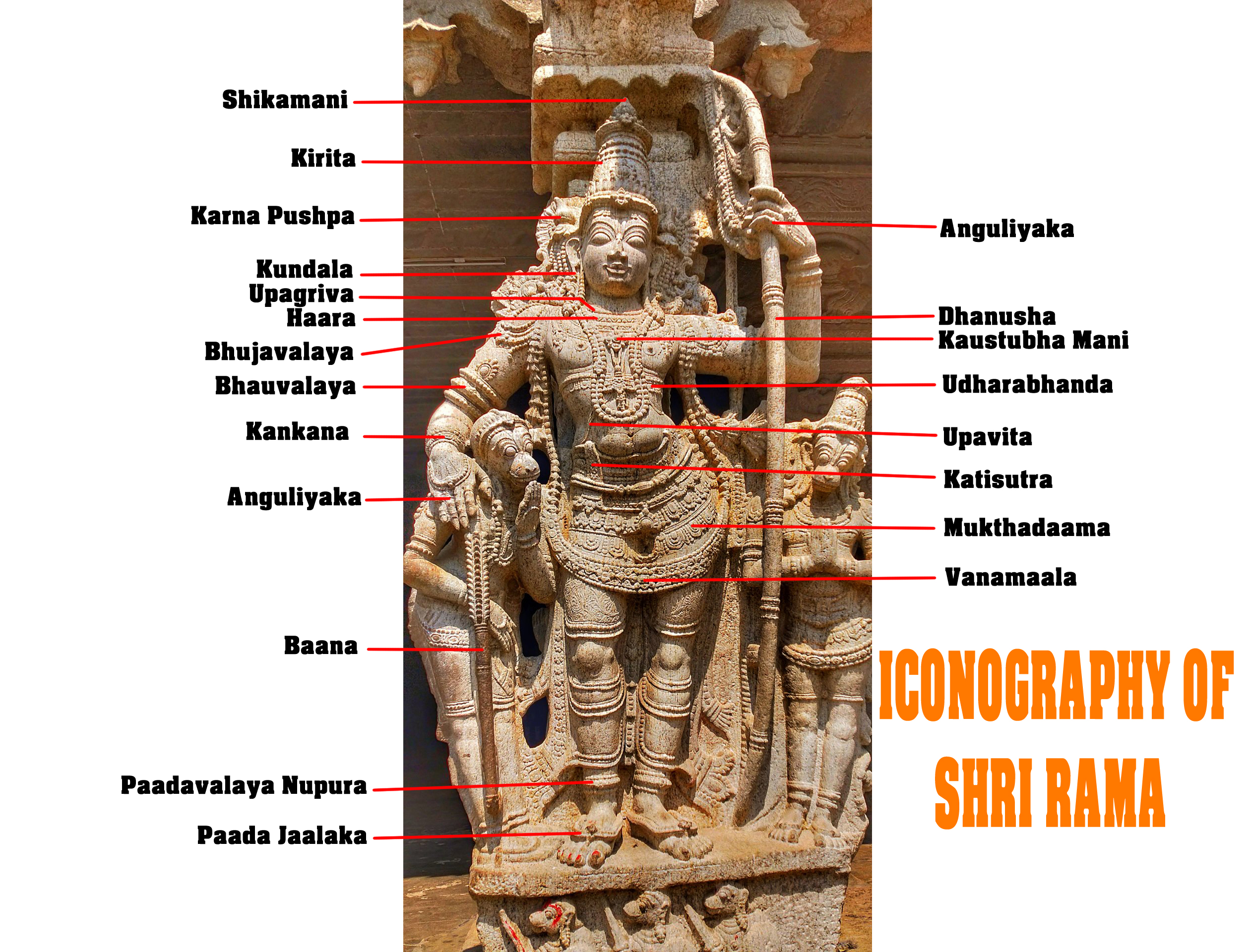 |
| Shri Rama from the Vaikuntanathar Temple at Srivaikuntam, TN. |
In order to fully be able to appreciate our ancient art & architecture, one must have a rudimentary knowledge of the various terminologies & methodologies employed by ancient Hindu artisans & builders. We'll dwell on that in this post.
Before we proceed any further, I'd like you to have a look at the below post on the ancient Hindu system of measurement. A lot of terminologies from there will be used here too. Get yourself acquainted with the different units of Hindu measurement that can be read HERE.
The ancient Temple builders i.e. the Sthapatis, have consulted various Shastras in order to execute all their wondrous workmanship. The Shastras are many, yet there is much commonality than differences in them. This vast ocean of knowledge revealed by the Devas to the ancient Rishis has resulted in the various different styles of Temple building, image making, rock sculpturing etc
1) Vishnudharmotthara purana
2) Agni Purana
3) Matsya Purana
4) Brihat Samhita
Above texts contain a vast ocean of info on Temple building. Ancient Temples of Northern Bharat were built according to this tradition.
Apart from the above Puranic sources, Sthapathis also consulted the works of :
1) Mandana's Vastushastra
2) Bhuvanadeva's Aparajitaprccha
3) Samarangana Sutradhara by Paramara Bhoja of Dhar.
Their detailed & exhaustive works formed the basis of Northern iconography.
While in the Dakshina Bharat Sthapathis consulted the Agamas. The Agamas are many, but the ones chiefly dealing with iconography & Temple building are :
1) Kamikagama
2) Vaikhanasagama
3) Ansumadbhedagama
4) Karnagama
5) Suprabhedhagama
1) Manasara Shilpashastra
2) Mayamata
3) Sakalaadhikara of Agastya muni
4) Abhilashitartha Chintamani, also popularly known as Manasollasa, authored by Chalukyan king Someshwara.
Now that we are familiar with some of the traditional sources of iconometry, we'll proceed to the important part. Classification of different types of Murthis. The Agamas classify Murthis/Vigrahas into 3 types
1) Chala & Ahcala
2) Purna & Apurna
3) Saminta & Asamnita
Chala murthis are portable & small.They are usually made out of metal or wood. Their purpose is to be carried on a chariots around the temple on festive occasions Achala murthis not portable. They are heavy & made out of stone. They are permanent fixtures in the Garbhagriha.
Chala murthis are again classified into 4 types.
1) Kautuka bera (meant for puja)
2) Utsava bera (Carried around in Chariot)
3) Bali bera (meant for puja)
4) Snapana bera (meant for performing panchamrita abhisheka)
Below is an example of Utsava bera murthi of Subramanya from Tirchendur, TN.
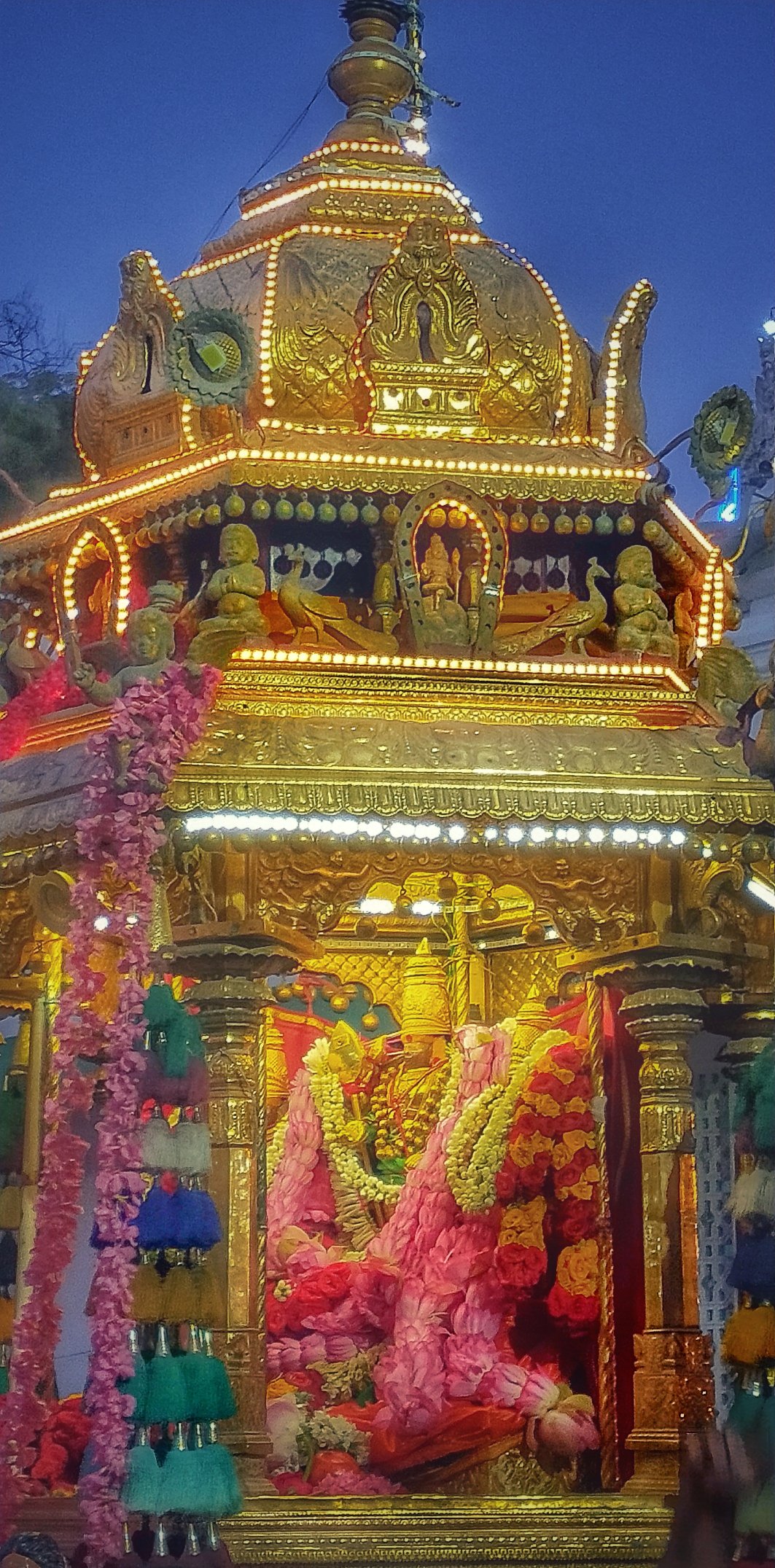 |
| Utsava murthi of Subramanya at Tiruchendur, TN. |
Achala murthis (immovable) are classified into 2 types.
1) Stahanaka i.e. Standing posture
2) Aasaniya i.e. in a reclining posture. ( Usually Maha Vishnu)
Below is an example of Aasaniya posture.
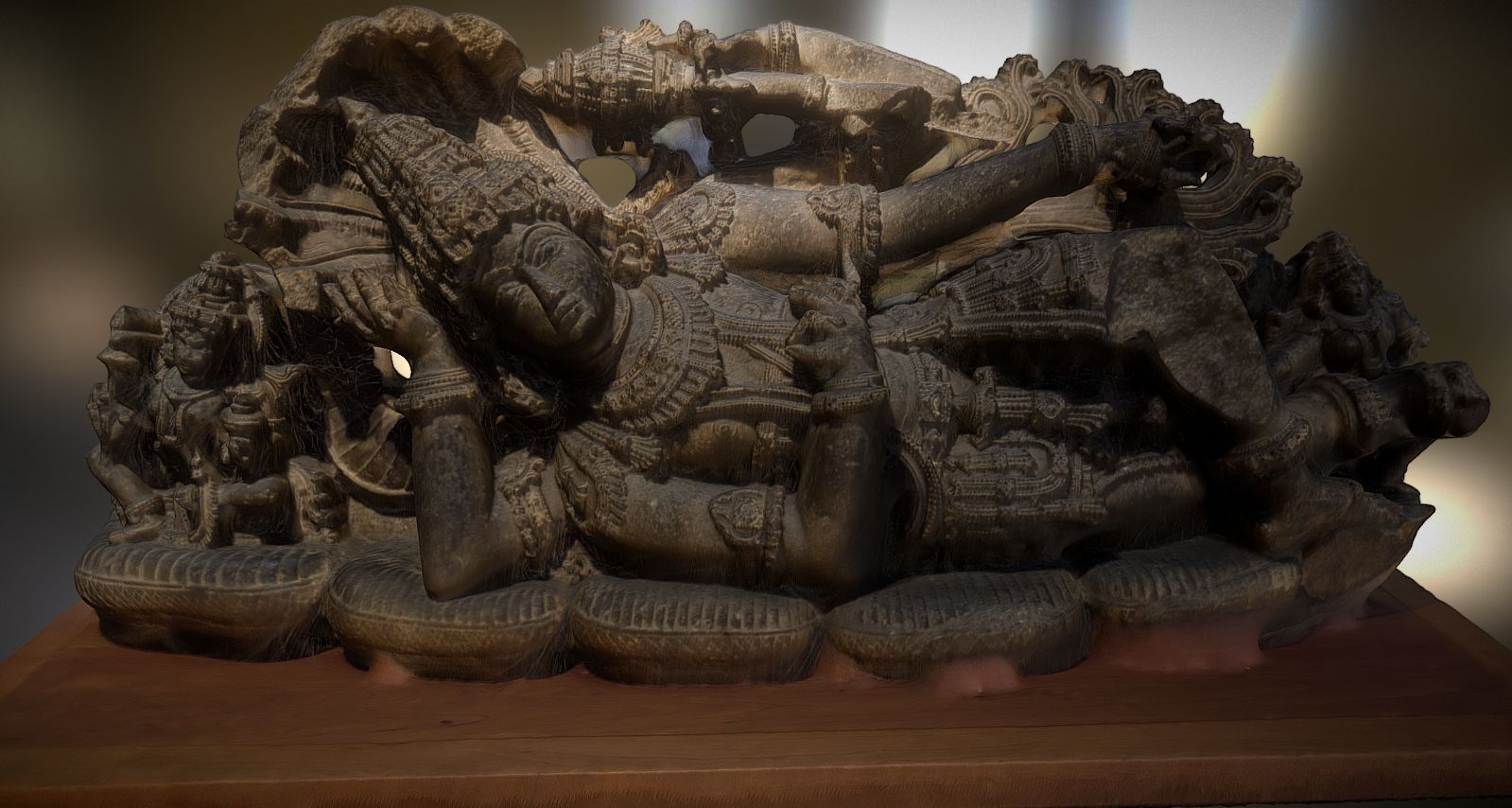 |
| Reclining Vishnu |
Purna & Apurna murthis. As the name suggests Purna murthis are the ones carved fully with all face, hands, torso, limbs, legs. Below is an example of Purna murthi of Lakshamana & Sugreeva.
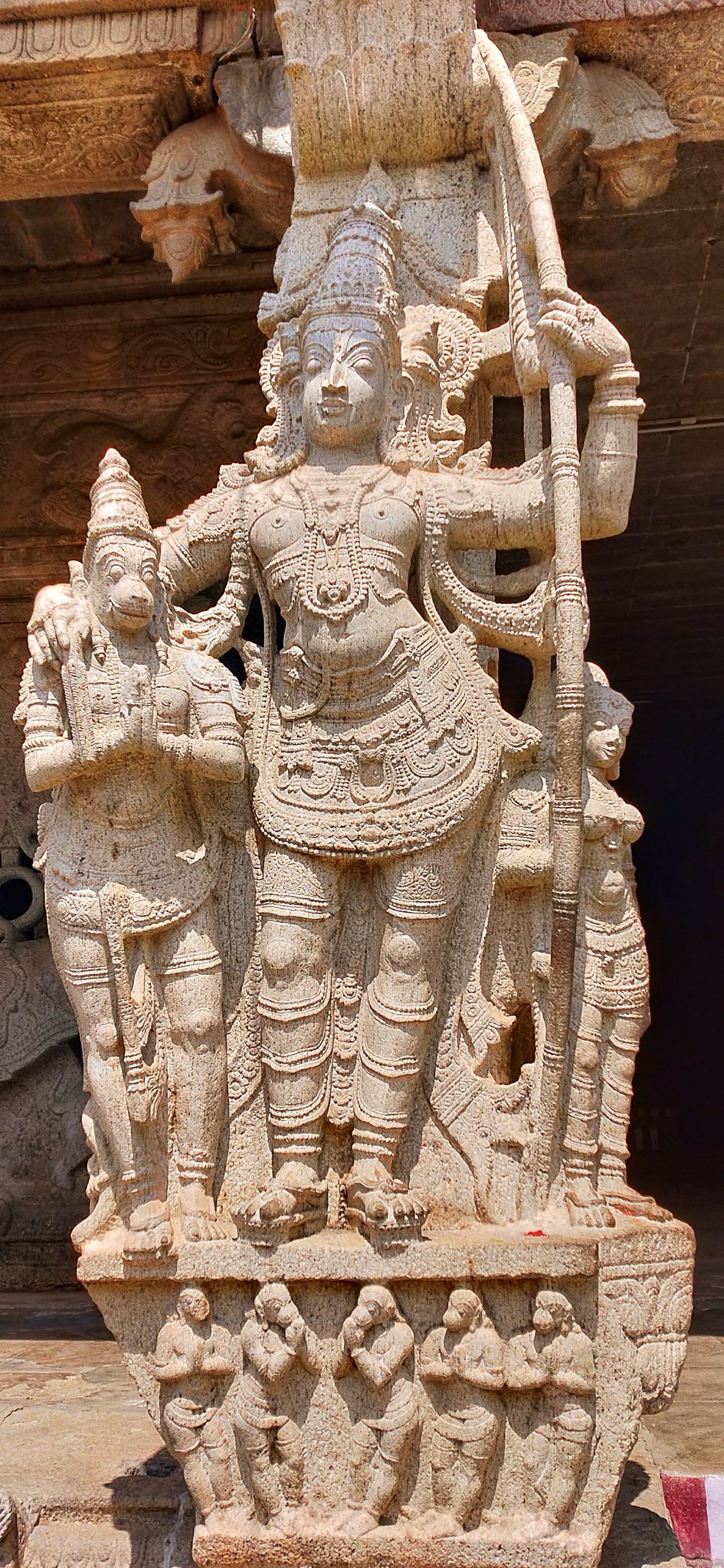 |
| Lakshmana & Sugreeva |
Apurna forms are not full. Usually sculptured only up to the bust level. Below is an example of Apurna murthi of Sadashiva from Gharapuri (Elephanta caves)
 |
| Sadashiva |
And finally the 3rd classification. Shanta & Ashanta. Shanta murhis are the ones at portray calmness, serenity & bliss. While Ashanta murthis depict anger & aggressive posture. Below is an example of Ashanta murthi of Kalasamhara, a fiery form of Shiva who manifests to save his bhakta Markendeya from Yama.
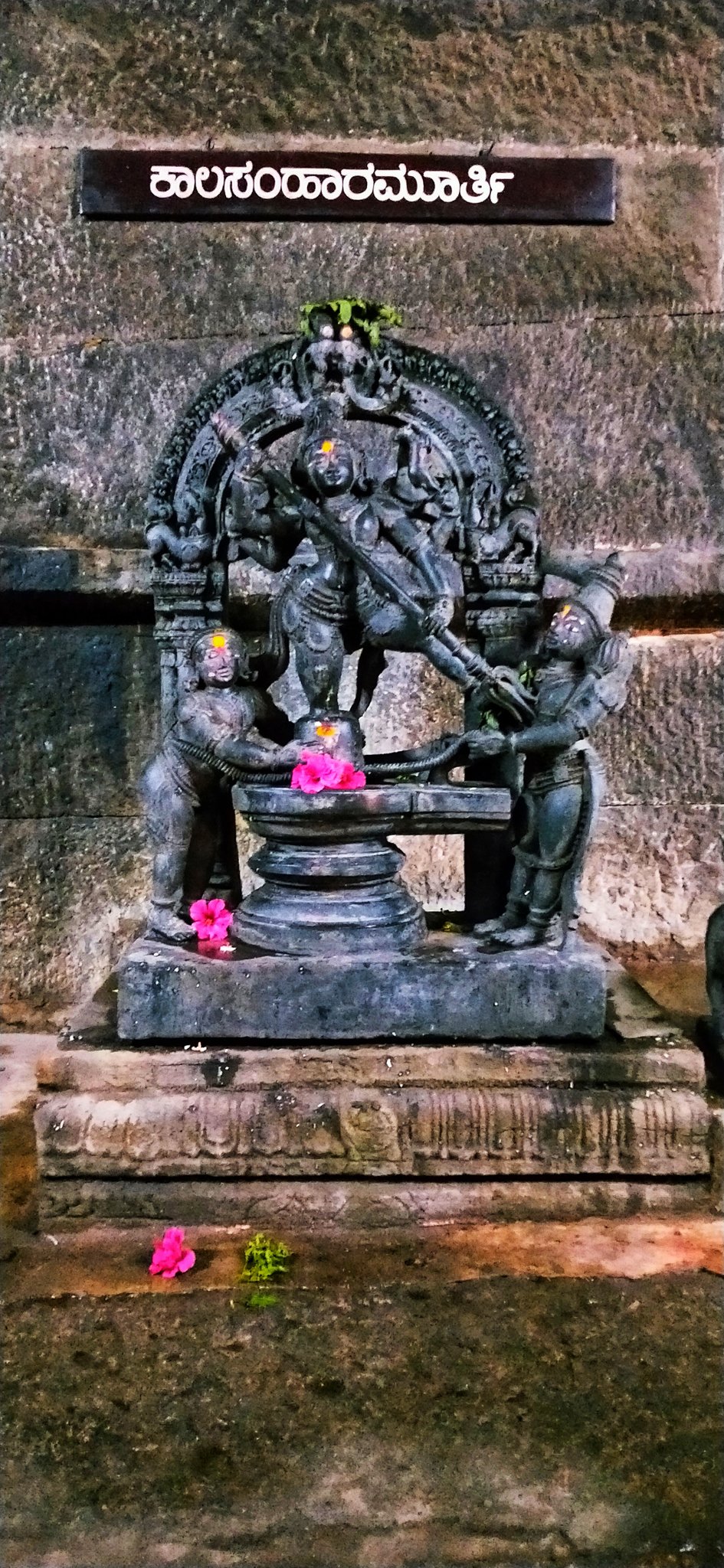 |
| Kalasamharamurthi |
Now that we are familiar with the classification of images, next we'll see the measurement system employed by the Sthapathis to sculpt these murthis. Assuming by now well you are acquainted with the terminologies used below.
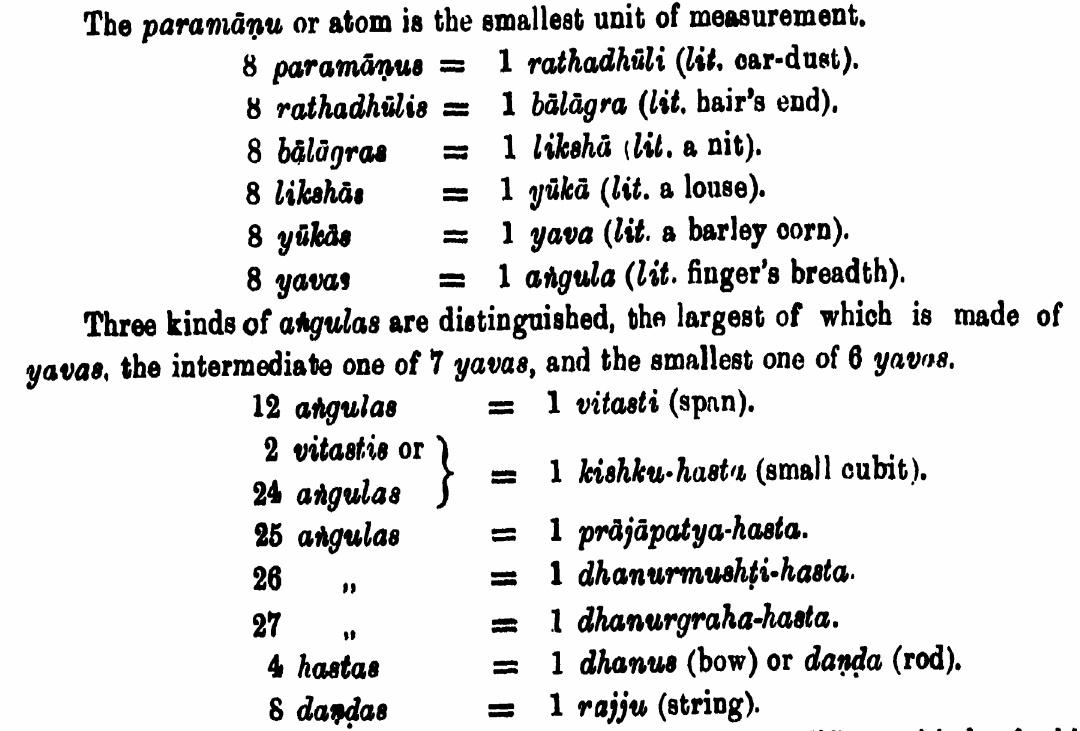 |
The measurement system employed by ancient Sthapathis is called the Uttama-dasha Tala measure. Unlike other bigger measurement units like Danda & rajju (which are used for town planning), Tala is a smaller unit used exclusively for the making of Murthis & Vigrahas.
So 12 Angulas make 1 Vitasti or 1 Tala. In the process of making a murthi, the murthi is divided into 124, 120, 116 equal parts. Each of these divisions is called a Deha-labda-angula or Dehangula.
Accounting for different finger length & breadth sizes, there are 27 possible Angula types mentioned in the Shastras.
In order to have a comprehensive understanding of Uttamadashatala measure,its important to know each of the 27 types of Angulas & the specific names given to them So we'll see what they are now
1) A distance of 1 Angula is called Murthi, Indu, Vishvambara, Moksha & Ukta.
2) A distance of 2 Angulas is called Kalaa, Golaka, Ashvini, Yugma, Brahmana, Vihaga, Akshi & Paksha.
3) A distance of 3 Angulas is called Rina, Agni, Rudraksha, Guna, Sula, Raama, Varga & Madhya.
4) A distance of 4 Angulas is called Veda, Prathistha, Jaati, Varna, Karana, Yuga, Turya & Turiya.
5) A distance of 5 Angulas is caled Viskaya, Indriya, Bhutha, Ishu, Supratishtha & Prithvi.
6) A distance of 6 Angulas is called Karma, Anga, Rasa, Samaya, Gayathri, Kritthika, Kumara & Kaushika.
7) A distance of 7 Angulas is called Paataala, Dhatus, Lokha, Ushnik, Rohini, Dvipa, Anga & Ambhonidi.
8) A distance of 8 Angulas is called Lokhapala, Naga, Uraga, Vasu, Anushtup & Gana.
9) A distance of 9 Angulas is called Brihati, Hriha, Randhra, Nanda & Sutra.
10) A distance of 10 Angulas is called Dik, Praaturbhaavaa & Naadi.
11) A distance of 11 Angulas is called Rudras & Trishthubh.
12) A distance of 12 Angulas is called Vitasti, Taala, Yama, Arka, Raasi & Jagathi.
13) A distance of 13 Angulas is called Atijagathi.
14) A distance of 14 Angulas is called Manu & Sakvari
15) A distance of 15 Angulas is called Ati-Sakvari & Tithi. 16) A distance of 16 Angulas is called Kriya & Indu kalaa.
17) A distance of 17 Angulas is called Atyashi.
18) A distance of 18 Angulas is called Smriti & Dhritri
19) A distance of 19 Angulas is called Ati-Dhriti.
20) A distance of 20 Angulas is called Kriti.
21) A distance of 21 Angulas is called Prakriti.
22) A distance of 22 Angulas is called Akriti.
23) A distance of 23 Angulas is called Vikriti.
24) A distance of 24 Angulas is called Samskriti. 25) A distance of 25 Angulas is called Atikrti.
26) A distance of 26 Angulas is called Utkriti.
27) A distance of 27 Angulas is called Nakshatra
Now that we have a brief understanding of the many units of measure, we'll see where & how the Sthapathis employ these units while sculpting murthis. Before that we need to understand the 6 different types of measures at are needed to sculpt any murthi.
The measurement prescribed in the Agamas are of 6 types.
1) Maana, which is the length of the body
2) Pramaana, is breadth
3) Unmaana, is the thickness
4) Parimaana, is the girth
5) Upamaana, is the interspaces between body parts
6) Lambamaana, is the total height
Once the Sthapati has the 6 measurements sorted, he can then go ahead with the sculpting of the murthi. The Shastras again prescribe different proportions to different images of Devas, Devis, Yakshas, Grahas etc. The unit of measurement for all these is the Tala.
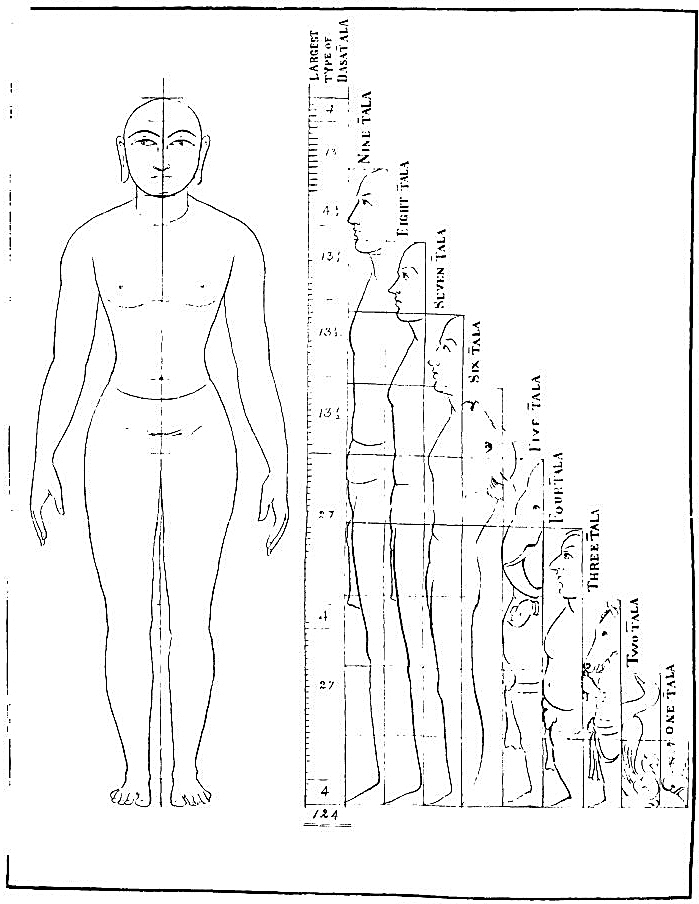 |
| Dasha Tala measurement |
Trimurthis; Brahma, Vishnu & Shiva are required to be sculptured according to the Uttama dasha Tala measure. Here the image is divided into 124 dehangulas (124 equal parts). Below is an illustration of Vishnu depicted according to the Uttamadashatala measure.
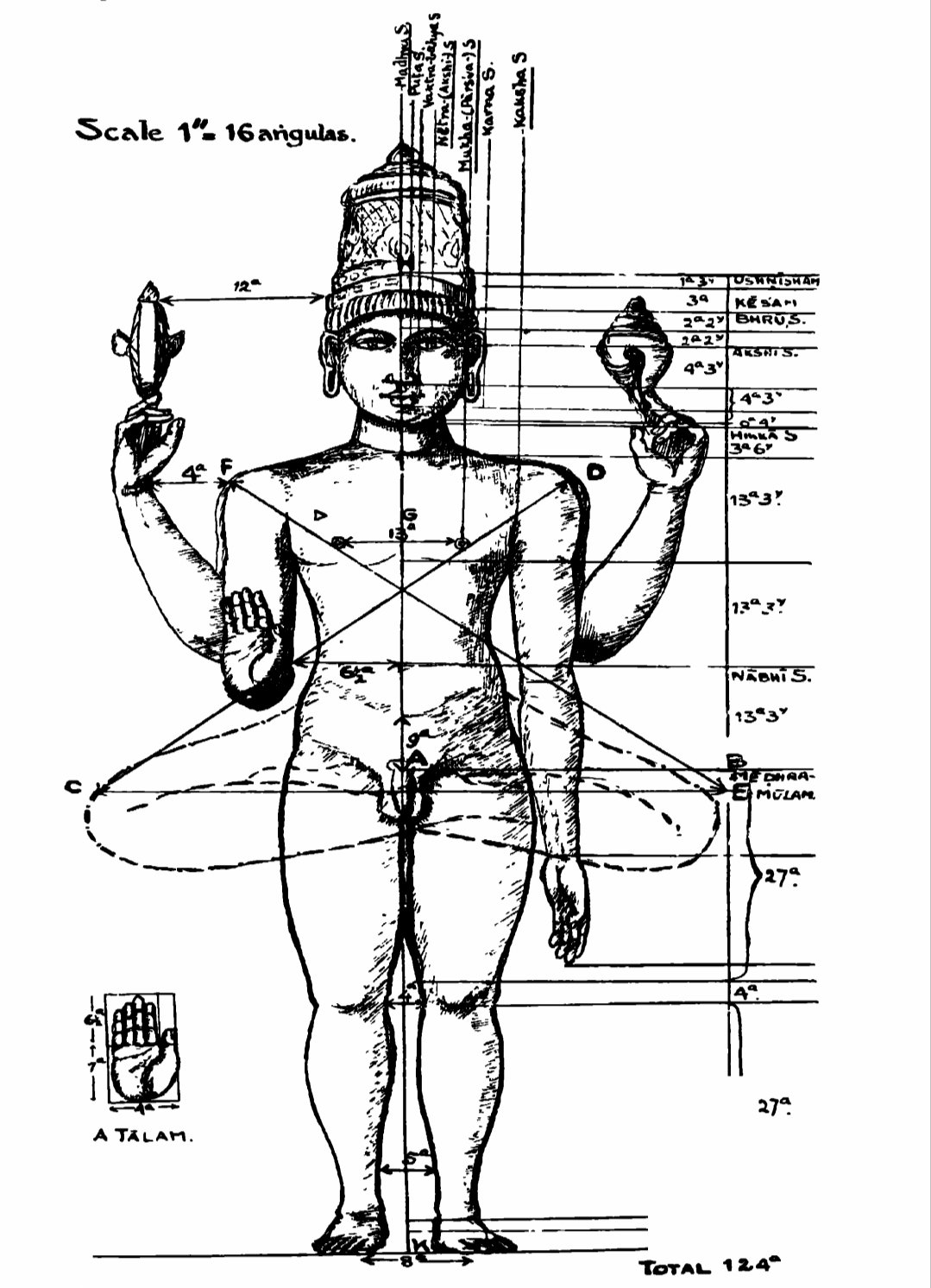 |
| Vishnu |
Madhyama Dash Tala measure, where the image is divided into 120 dehangulas is prescribed for Sridevi, Bhudevi, Uma, Saraswathi, Durga, Saptamatrikas & other female deities. Below is a Saptamatrika panel sculpted using the Madhyama dasha tala measure.
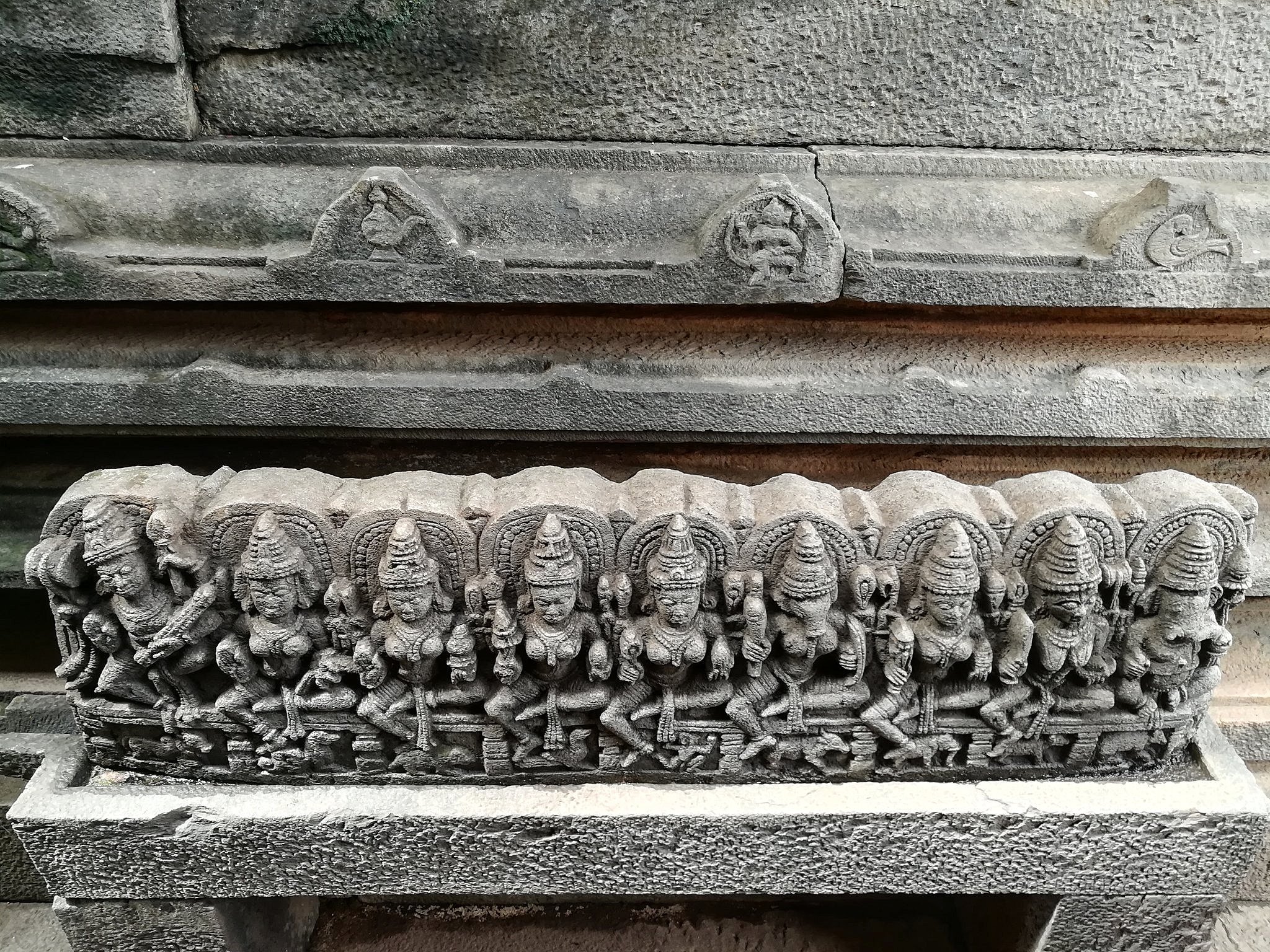 |
| Saptamatrika Panel from Keladi Rameshwara Temple |
The Adhama Dasha Tala measure, where the image is divided into 116 dehangulas is prescribed for the 8 Dikpalakas, 12 Adityas, 11 Rudras, 8 Vasus, 2 Ashvini devatas, 7 Rishis, Garuda, Subramanya, Kshetrapalakas. Below is a murthi of Agastya sculpted using Adhama Dasha tala measure.
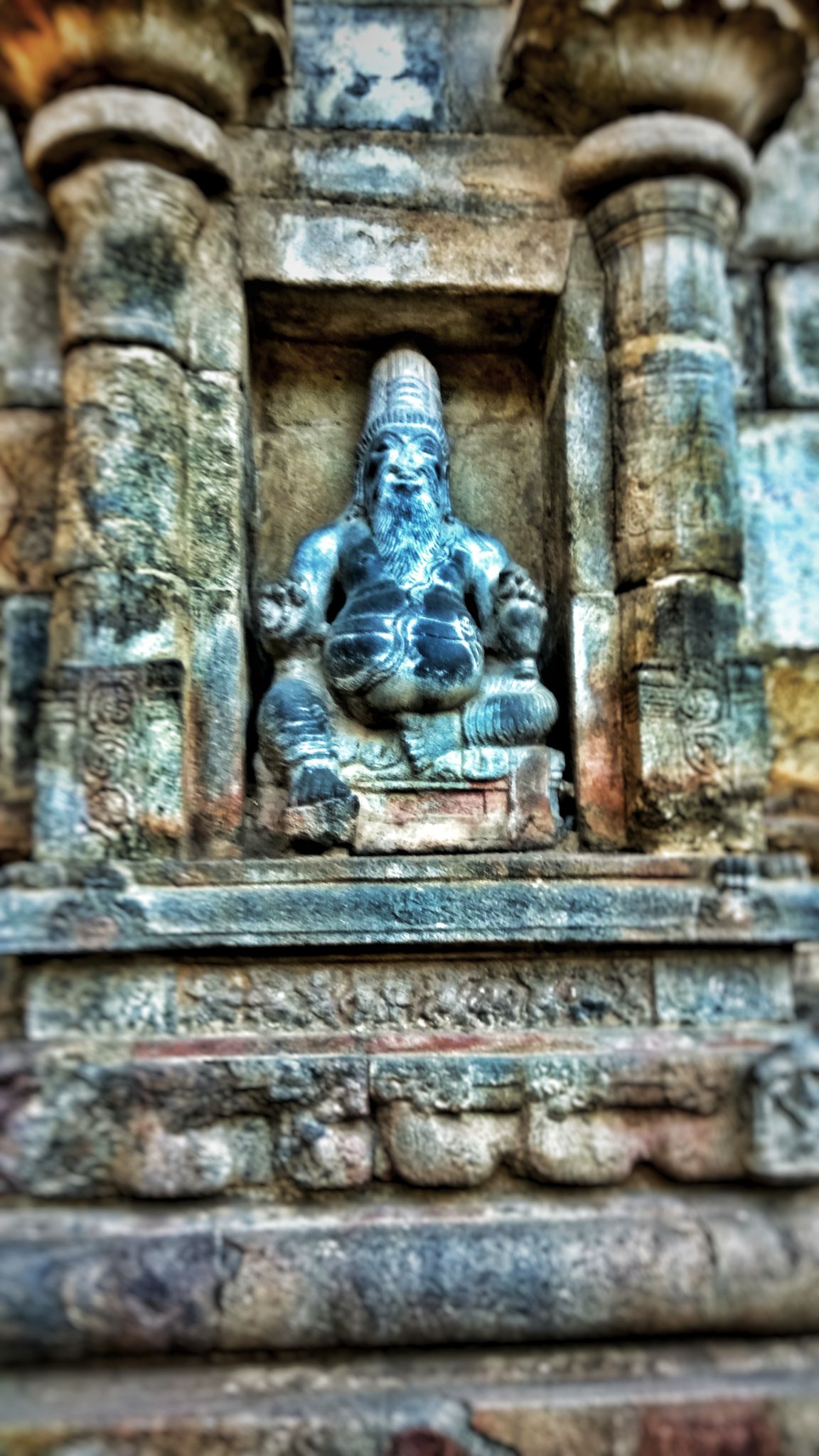 |
| Agastya from Darasuram Temple |
The Nava-arddha tala measure, where the image is divided into 114 dehangulas is prescribed for Yakshas including Kubera & Navagrahas. Uttama nava Tala, where the image is divided into 108 dehangulas is prescribed from Rakshasas & Asuras. Below is an example of this measure from one of the pillars at Madurai Meenakshi Temple. It is of Ravana lifting Kailasa mountain.
 |
| Ravana lifting Kailasa |
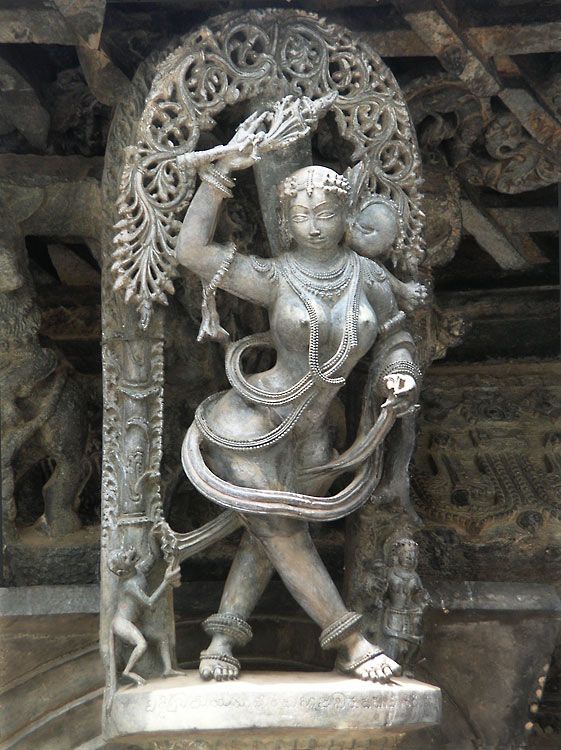 |
| Ashta-tala (96 angulas) for Manushyas |
 |
| Sapta-tala (84 angulas) for Vetalas |
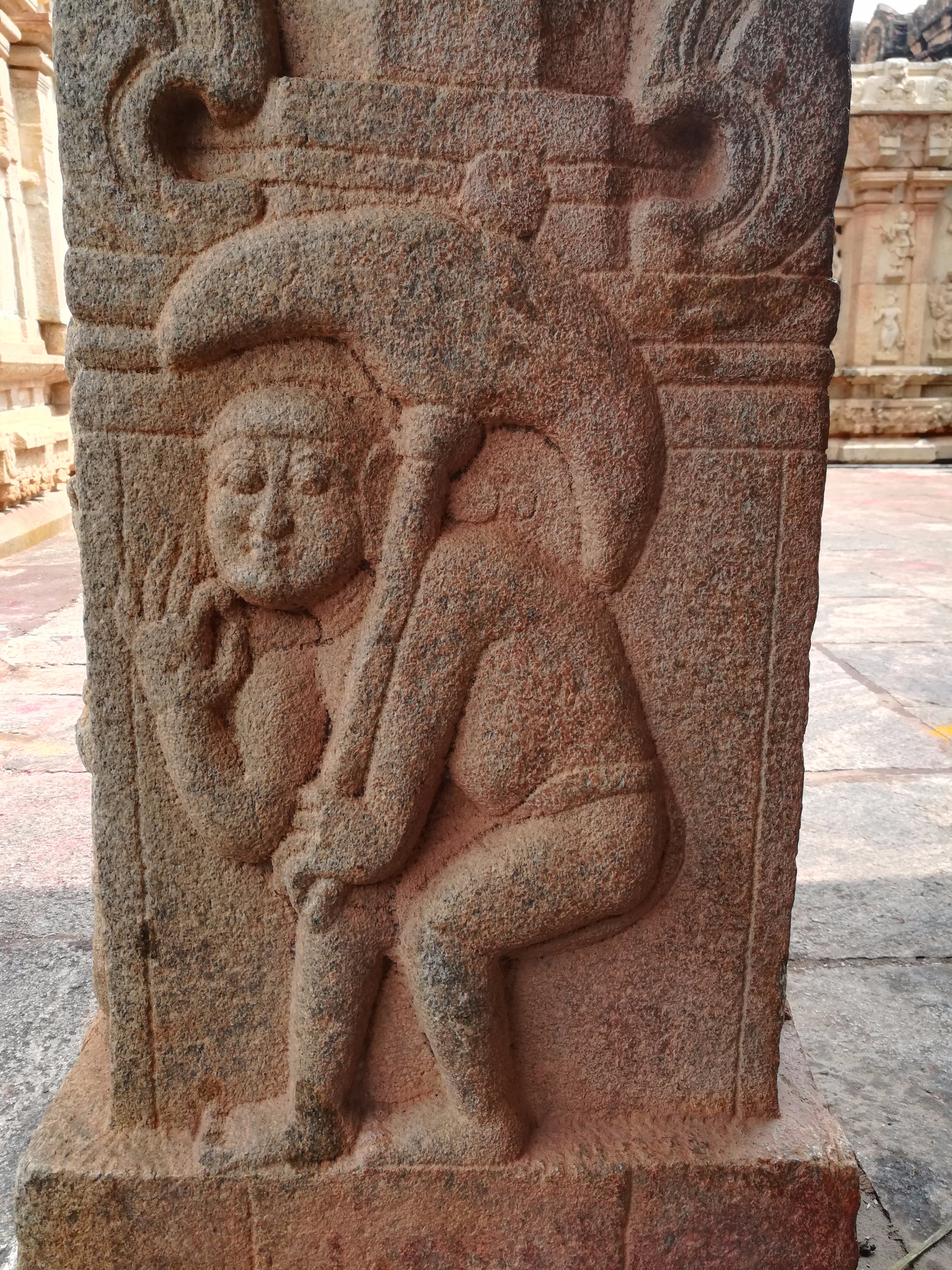 |
| Pancha-tala (60 angulas) for Kubjas, Vigneshwara & hunchbacks. |
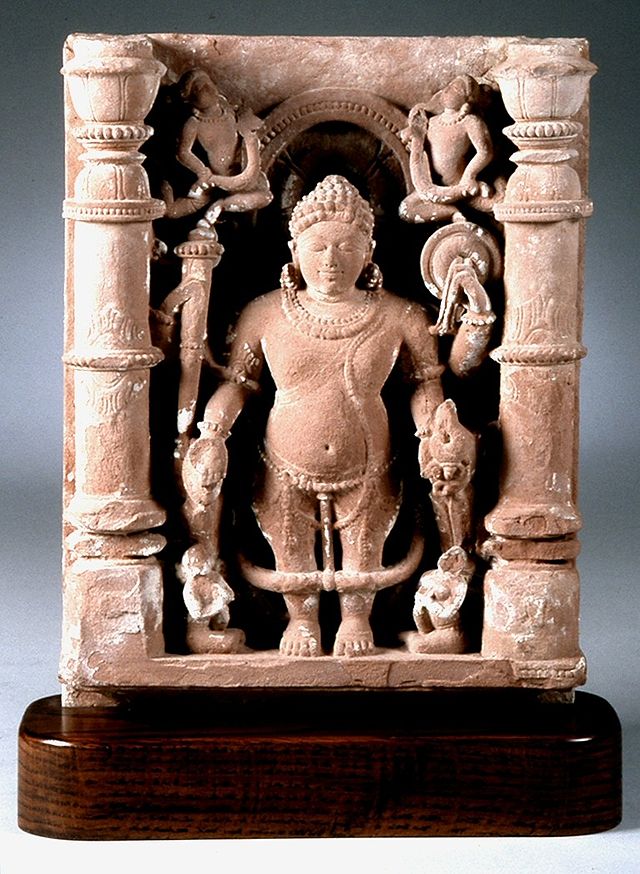 |
| Chatus-tala (48 angulas) for Vamana, dwarfs & children. |
 |
| Eka-tala (12 Angulas) for Kabandhas. |
Now that we are familiar with the terminologies & the many units of measure, in the next post we'll see what exact information is contained within Shastras on the how exactly the images of various Devatas must be depicted by the Sthapathis.


